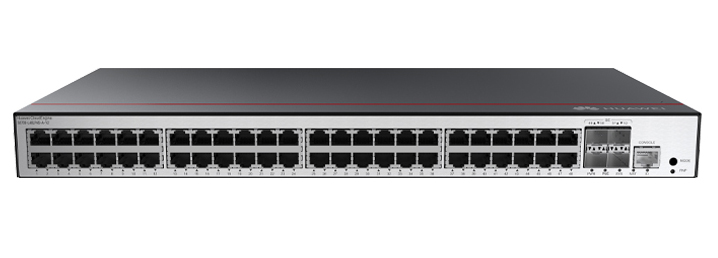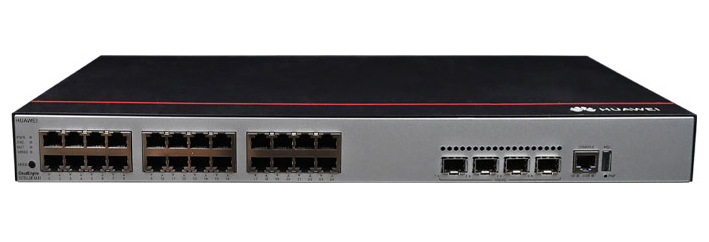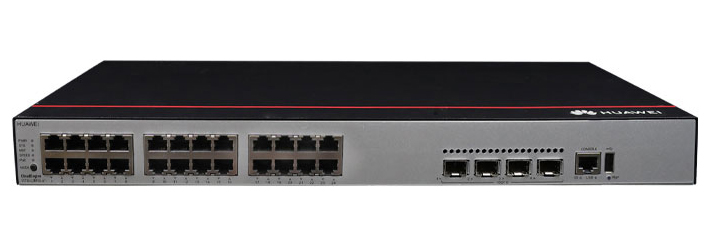































 London's Big Ben at Night
London's Big Ben at NightLast week I had the opportunity to attend the Gartner Data Center conference in London. I attended 3 different sessions on SDN-related topics. Here are some of my observations from what was a very good conference. Also, since the Gartner Data Center conference runs this week (w/c 1 December 2014) in the US, if you are going, here are some questions to think about when you attend the SDN sessions.
(1) What does "lack of visibility" in Virtual Overlays really mean?
(2) In multi-layer SDN, will SDN be cheaper than our current networking approach?
(3) Are Vendors Guilty of Using NFV for SDN "Washing"?
(4) If OpenStack is part of your SDN solution, can you help us on OpenStack?
(5) What is the best hardware server platform for NFV/virtualised workloads?
(6) How exactly does SDN deliver better network management?
I'll cover a few questions today and some tomorrow.
(1) What does "lack of visibility" in Virtual Overlays really mean?
Or put another way ... with Virtual Overlay SDN, do we receive alarms when the network breaks?
There has been some debate on "lack of visibility" when troubleshooting virtual overlay networks including VMWare's NSX. What does "lack of visibility" really mean? In fact this is a good question to ask on its own! However let me help break this down a bit. Virtual overlay technologies make a couple of major assumptions on the underlying network, as pointed to in previous Gartner work:
(1) The underlying physical network always has sufficient capacity
(2) The underlying physical network is always working
To be fair, some virtual networking approaches have solved some or part of these problems, however what I heard at the conference last week was that VMware's NSX has not. In particular, when for example you pull a cable out of a switch in the physical network, the NSX overlay does not know that the underlying physical network has broken. Given that cable pulls in error are a common source of data center outages, this is not an uncommon network fault. So ... the question you should be asking is -can you afford a networking solution that is not aware of basic network faults? This is what "lack of visibility" means. You don't get the full set of network alarms. So make sure you ask this question as it's worth diving into deeper. The second question on this topic you need to ask is to your network manager -is he or she happy with lack of alarms if and when the network breaks?
(2) In multi-layer SDN, will SDN be cheaper than our current networking approach?
SDN splits the networking models into multiple layers. It's something like that shown below, with multiple vendors offering in some cases multiple products in each layer, and with different vendors in many cases playing in different layers:
 A Multi-Layer Model for SDN
A Multi-Layer Model for SDN
I really like this model. On one hand, it shows the choice the designer/deployer of SDN actually has. And choice is good. However to me, it also shows deployment complexity. And isn't it complexity that SDN is supposed to solve for networking?
To illustrate ... here we have 4 layers, with multiple potential vendors in each layer. Of course some will advise you on a multi-vendor strategy, and they'll say "choose best of breed". So ... what if you pick 2 vendors like you may do today. So that is 2 vendors ... in each layer (OK that may be extreme but bear with me while we discuss the consequences of best of breed in such a complex layered model). So that's 8 vendors. I make that 8
 Tags chauds:
Cisco ACI
Le SDN
Cisco Services
NFV
VMware
Overlay Networks
Gartner Data Center
SDN Overlays
Tags chauds:
Cisco ACI
Le SDN
Cisco Services
NFV
VMware
Overlay Networks
Gartner Data Center
SDN Overlays